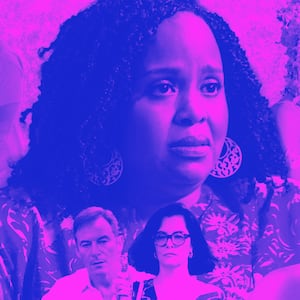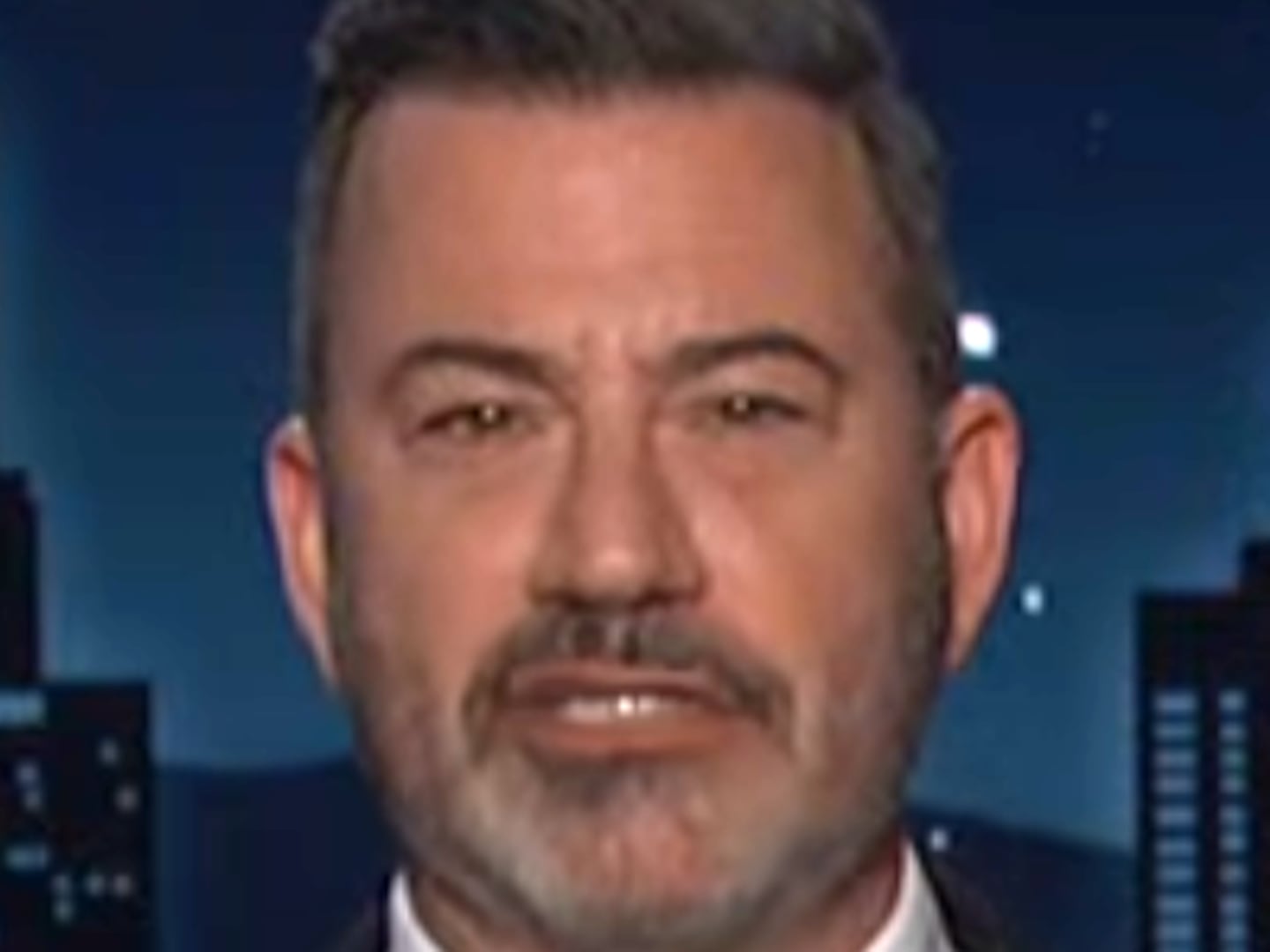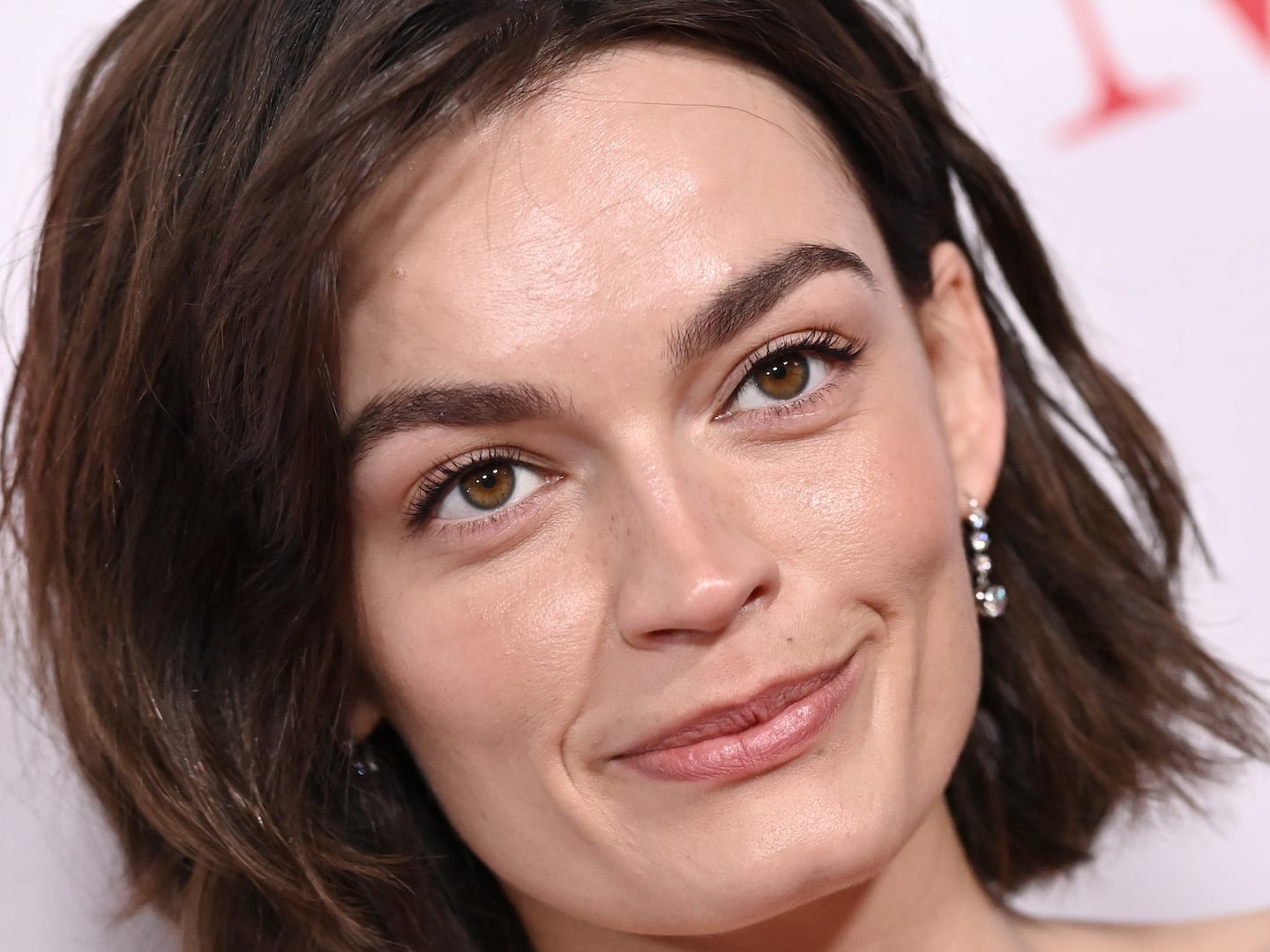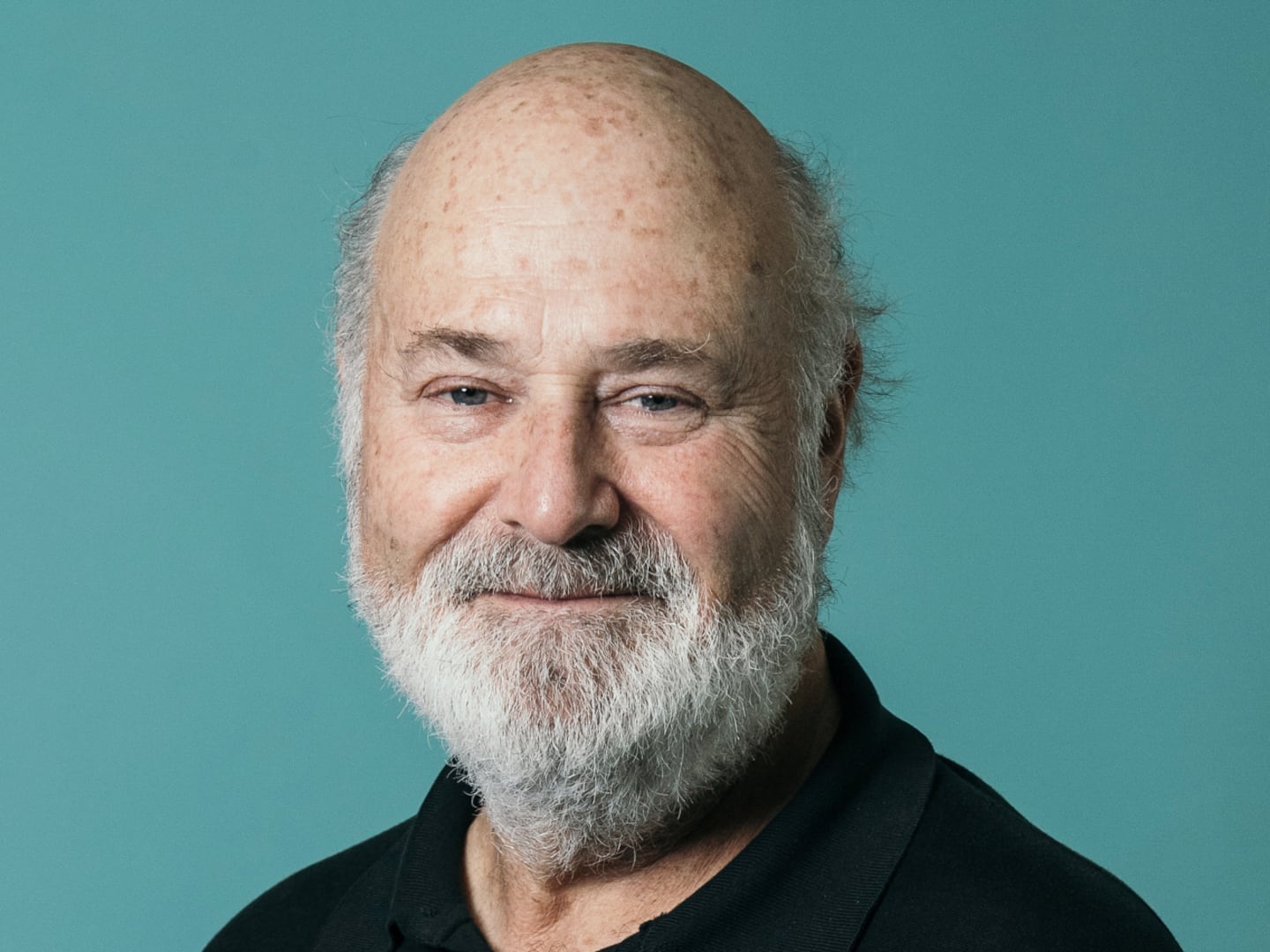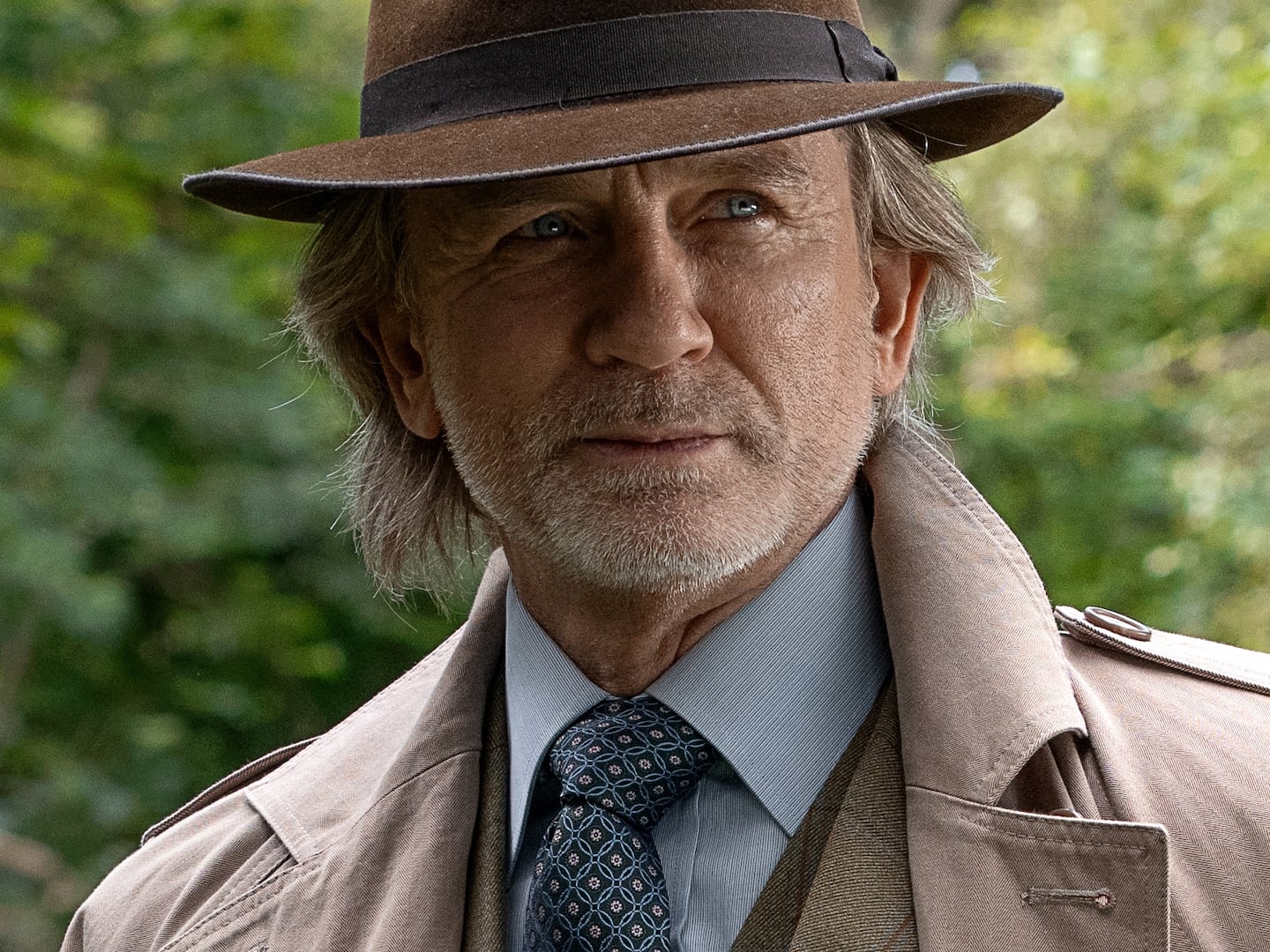Vengeance reigns in the second season of The Last of Us, which—like its acclaimed 2023 run—hews closely to its celebrated video game source material while adding original characters, bracing twists, and bigger and bolder action set pieces.
For the countless millions who’ve made it through Naughty Dog’s furious and forlorn interactive sequel, that means there are surprises to be found in Craig Mazin and Neil Druckmann’s HBO follow-up, as well as startling recreations of the title’s most harrowing moments—including, as one might suspect, the shocking early demise that serves as the catalyst for its tormented tale.
Covering the first half of its PlayStation predecessor The Last of Us Part II, Mazin and Druckmann’s return engagement, premiering Apr. 13, begins with Joel (Pedro Pascal) and Ellie (Bella Ramsey) living in Jackson, Wyoming, five years after the former saved the latter from a death that would have led to a cure for the world’s fungal pandemic.
Although it’s unclear if immune-from-infection Ellie knows that Joel chose her over humanity, they’re on terrible terms. Joel grouses about this to his therapist Gail (Catherine O’Hara), and Ellie balks at addressing it with her best friends Dina (Isabela Merced) and Jesse (Young Mazino), who were recently a couple. No matter what’s understood between the two, they’re about as estranged as a (surrogate) father and daughter could be.

The Last of Us’ premiere is set shortly before the game’s intro, establishing its characters’ new relationships and circumstances as well as boasting the first of many great action sequences, with Ellie and Dina investigating a supermarket that appears to be the site of a massacre and features a novel Cordyceps-inflicted adversary who suggests that this post-apocalyptic land is constantly mutating.
As with those that follow, this slight deviation from the game expands the show’s scope without radically altering its direction or interests. Mazin and Druckmann find various pockets in their narrative which they fill with unique and intriguing subplots and details about Joel, Ellie, and the threats they face—such as a siege on the characters’ enormous and thriving Jackson enclave by a stampeding horde of infected which more than faintly recalls Game of Thrones’ The Battle of The Bastards.
The biggest addition to The Last of Us is Abby (Kaitlyn Dever), who in the season’s maiden scene honors a beloved at their grave before making her comrades promise that they’ll help her find and murder Joel, and “when we kill him, we kill him slowly.” Dever is less buff than her PS4 ancestor but she seethes with her unbridled rage, making her a terrifying viper ready and eager to strike.
Nonetheless, Mazin and Druckmann don’t rush things, concentrating at outset on Ellie’s strained bond with Joel, whom she can barely look at, much less speak to, and her budding feelings for Dina, with whom she shares a momentous dance-floor kiss at a New Year’s Eve gathering, thereby eliciting the disgust of homophobic Seth (Robert John Burke) and compelling Joel to intervene—much to Ellie’s displeasure.
The Last of Us makes various minor changes to its template, but it doesn’t radically alter its course. That means it quickly gets to the cataclysmic event—not to be spoiled here, despite it being public knowledge—that rocks the Jackson citizenry and drives a crushed and incensed Ellie to embark on a mission of revenge. Ellie is now a headstrong and tempestuous 19-year-old roiled by all sorts of inner turmoil, and Ramsey embodies her as an alternately grating and rousing crusader determined to attain ”justice,” no matter the cost or objections of her comrades.

Those don’t come from Joel’s brother Tommy (Gabriel Luna), who approves of her intentions, nor from Dina, who joins her on her quest to Seattle. There, in the rainy and ruined metropolis, their hunt is complicated by run-ins with two rival warring factions: the Western Liberation Front (WLF), a militia led by coldly determined leader Isaac (Jeffrey Wright, reprising his game role); and the low-tech cultist Seraphites, who worship female prophets, wear hooded robes, and have shaved heads and slashes on their faces which explain why the WLF refer to them as “Scars.”
Pascal and Ramsey’s loving and yet deeply damaged rapport is the wounded heart of The Last of Us, as is the latter’s eventual single-minded anger. Regardless of their tweaks, Mazin and Druckmann maintain rigid focus throughout on questions of morality, payback, and mercy, all of which become more tangled as Ellie and Dina find themselves in increasingly dire straits in the Pacific Northwest.
Aesthetically, the series is often a striking replica of the game, duplicating images and scenes wholesale, and yet there’s nothing mechanical about its drama. Enlivened by superb direction (courtesy of Mazin, Druckmann, Mark Mylod, Peter Hoar, Kate Herron, Stephen Williams, and Nina Lopez-Corrado), it proves a mesmerizingly bleak portrait of anguish, wrath, and the lengths to which individuals will go—damn the consequences or criticisms—to punish those who would destroy lives, communities, and love.

In The Last of Us, Ellie walks a grim and desolate path, and Mazin and Druckmann intersperse her odyssey with flashbacks—to happy and sad times with Joel—that contextualize their fraught relationship and her motivation for risking everything to honor the dead and, potentially, alleviate her implacable grief.
Given the bifurcated nature of The Last of Us Part II, it’s not difficult to foresee this second season’s endpoint, nor what its cliffhanger portends for the future. Still, no matter one’s familiarity with the game, every minute of this seven-episode saga burns with suspenseful intensity. From stellar run-ins with the infected (including a bit involving Abby and a chain-link fence that’s the stuff of nightmares) to tortured ethical decisions and unforeseen tragedies, it delivers on all counts—and then some.
The Last of Us’ sophomore chapter is ultimately about the righteousness and efficacy of vengeance. However, unlike so many similarly themed affairs, it has no interest in pedantically wagging its finger at its protagonists or the audience. Understanding its subject on both an intellectual and emotional level, it’s a viscerally conflicted monster—and continues, in this second season, to be the finest video game adaptation ever.


